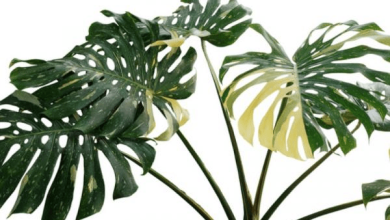Prune a Walnut Tree: [Importance, Season, Tools, Considerations and Steps]
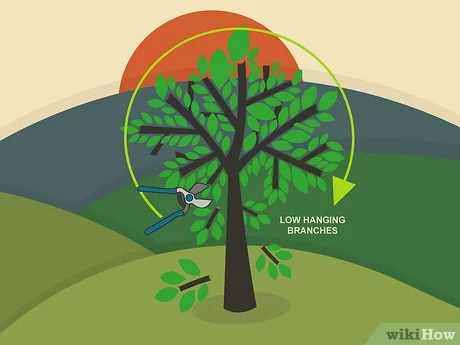
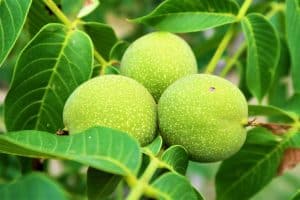 Although there are defenders of the idea that pruning walnut trees is not necessary, it has been proven that this action has a positive effect on their production and health.
Although there are defenders of the idea that pruning walnut trees is not necessary, it has been proven that this action has a positive effect on their production and health.
For this reason, it is essential that you do not neglect this care but that you take into consideration the correct instructions so that everything goes well.
The idea, as happens in almost all fruit trees, is that you get to know your specimen well because that will help you make the best decisions for it.Here we summarize the key data that you should consider when getting down to work, so take them into account and move on.
Why prune the walnut tree?
There are many reasons that support the idea that pruning walnut trees is an excellent care strategy for these trees. Among them are:

- Improve the quality of the fruits, both in terms of size and quantity.
- Organize the structure. This is a benefit that begins when the tree is young with training pruning and is maintained in the future with maintenance pruning.
- Help make harvesting easier, as you will prevent the tree from growing too tall.
- Promote proper light and air flow throughout the canopy.
When is it better to carry out walnut pruning?
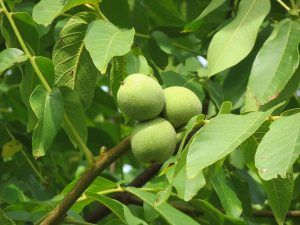 The best time is during the winter, preferably at the end of this season. The reason is that the walnut is a deciduous type tree.
The best time is during the winter, preferably at the end of this season. The reason is that the walnut is a deciduous type tree.
This means that it loses its leaves and goes into winter lethargy, so there will be no movement of internal sap.
This will prevent it from being lost and will also make it easier to observe the structure in the absence of foliage.
What tools should we use when pruning walnut trees?
The main tools are pruning shears, preferably two-handed, because they will be more than enough for most branches.

However, if you are going to work with thicker branches, you can support yourself with a handsaw.

The tools must be well sharpened and disinfected with alcohol. Pruning leaves wounds and you want to reduce the chances of them getting infected. Remember that personal protection is very important so do not neglect the use of glasses, gloves and appropriate clothing.

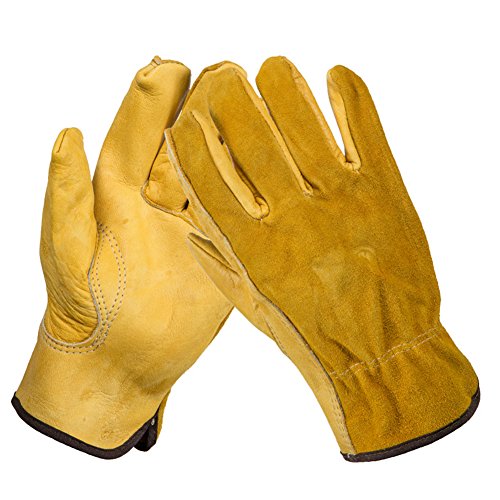
What considerations should we take into account when pruning walnut trees?
Studying the structure of the tree should be the main objective to accomplish before taking the pruning shears into your hands. This simple action will make your task easier, avoiding spending more time than necessary and, most importantly, it will prevent you from making unplanned cuts.

Of course, any pruning of walnut trees has to respond to the characteristics of the specimen with respect to its age, since the type to apply depends on this.
How to prune walnut trees without damaging the tree?
The three basic types of pruning that are usually applied to walnut trees are: training, production and renovation. There is also maintenance pruning, but this is commonly included in production pruning, which is applied annually.
formation pruning
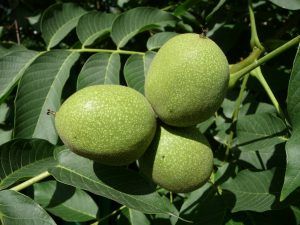 That a walnut tree has a strong trunk that is capable of supporting the weight of the crown and from where the other branches detach is essential.
That a walnut tree has a strong trunk that is capable of supporting the weight of the crown and from where the other branches detach is essential.
That is why the main objective here is to define what that main branch will be based on its vigor.
You will also have to establish the main branches, 3 or 4 in short, from which the secondary branches that will shape the crown will depart.Training pruning can take up to 3 years, while the tree grows and establishes itself.
production pruning
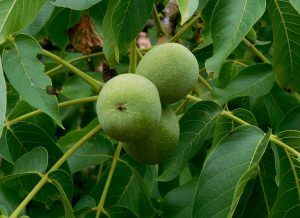 It is a pruning aimed at correcting any problem that arises in the tree due to its annual growth (maintenance pruning).
It is a pruning aimed at correcting any problem that arises in the tree due to its annual growth (maintenance pruning).
This action will help the energy to be concentrated in the productive areas and this benefit will be reflected in the fruits.
In this pruning you have to comply with the following steps:
- Remove all parts that are in poor condition, such as fruits, flowers, leaves or branches. It includes the suckers because they damage the structure, spend energy and do not produce anything.
- Reduce the size of the most vigorous branches and sprout the productive ones if necessary to improve their production.
- Remove all branches that are growing in the wrong direction or colliding with others.

rejuvenation pruning
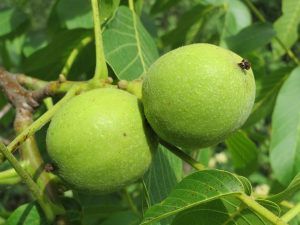 It is a pruning that can help your old specimen produce again. To apply it you have to ensure that the tree is healthy.
It is a pruning that can help your old specimen produce again. To apply it you have to ensure that the tree is healthy.
The idea is to cut a certain number of branches each year to allow new ones to grow, but if the tree is not healthy, it may not recover.
With these prunings, the walnut tree will be able to produce and look good, since both characteristics are important.
Maybe you are also interested in:

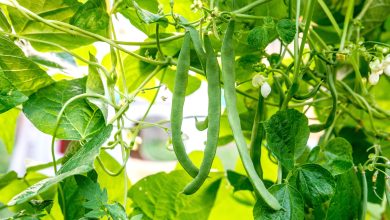
![Photo of How to Plant a Weeping Willow: [Complete Guide + Images]](https://www.complete-gardening.com/wp-content/uploads/2021/06/sauce_lloron_1562928917-390x220.jpg)
![Photo of Camellia cuttings: [Concept, Time, Rooting and Sowing]](https://www.complete-gardening.com/wp-content/uploads/2021/06/Como-debemos-tomar-los-esquejes-de-arboles-para-sembrarlos-390x220.jpg)
